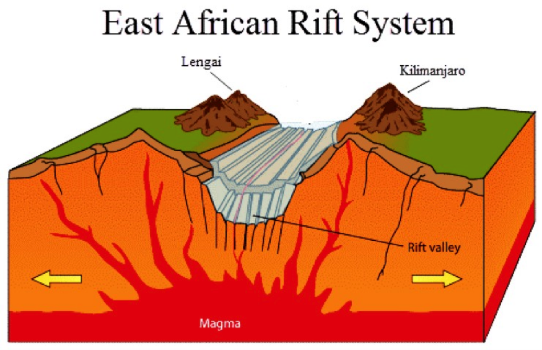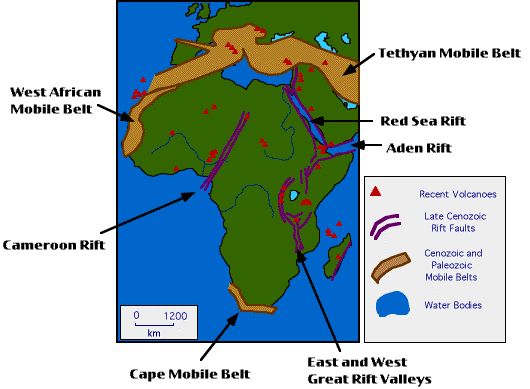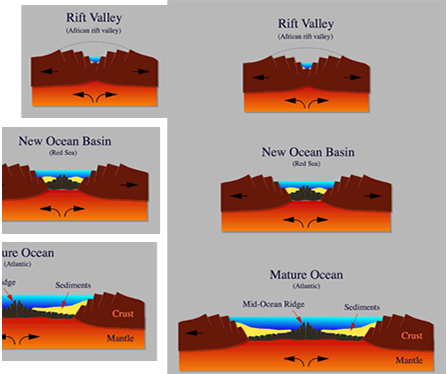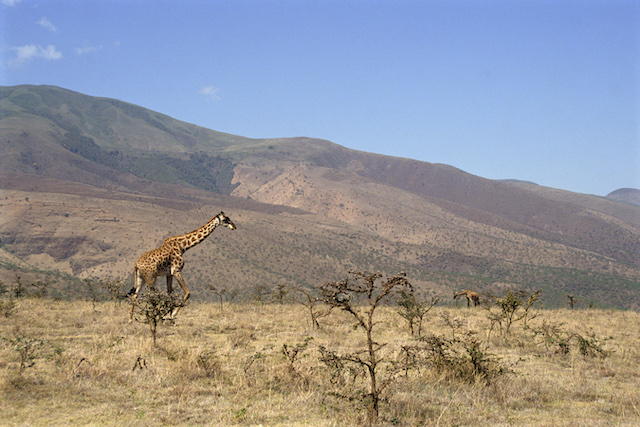Formation Of East African Rift Valley
The African Rift Valley system is one of the tectonic features not only of Kenya but also of Africa that extends from Mozambique in the south through eastern Africa to Jordan in southwestern Asia. The rift extends from south in Mozambique all the way up north in Jordan to the southwestern Asia. Nevertheless, the formation of Rift Valley in Kenya is an ongoing discussion and geologists reckon that more research is needed.
Plates moving northward
On one side of the East African Rift lies the larger Nubian tectonic Plate which makes up the continental crust of Africa and the Arabian Plate. It passes through Ethiopia and Kenya. The smaller Somalian Plate includes the Horn of Africa and is pulling apart in the opposite direction. In fact, these plates are not only moving away from each other but also away northward.
Afar Triple Junction
The place where the Nubian Plate and the Somalian Plate meets forms a junction in Ethiopia. The plumes under the continent initiate bulge heating the crust and causing it to fracture and expand. The dominant fractures thus created occur in a pattern of fracture zones or three fractures. The branches radiate from a point in Ethiopia with a 120 degrees’ separation called the triple junction. The Afar Triple Junction is in the northern end. It is part of the seismically and volcanically active portion of the System. It is one of the few places where plate divergence occurs as the continental crust is continually splitting apart to develop a new ocean.
Ethiopian Rift development
The rifting process that has given rise to the East African Rift Valley in Kenya is a situation similar to what happens in a continental setting. It provides a glimpse into the development of the Ethiopian Rift, which is the oldest fracture in Ethiopia’s Afar region. As is evidenced by the high topographic dome, a hot spot exists in central Kenya, which is exactly analogous to the rift in Ethiopia. In fact, the Kenya dome is the same plume of hotspot that gave rise to the Ethiopian rifting. Therefore, it is clear that the divisions have different names but are the same.
Formation of rifts
The exact formation mechanism of the African Rift Valley is a debate that is on-going among geophysicists and geologists. Research and studies are still underway. However, most current geological thinking is that flow of the heat from under the mantle is causing thermal swells in Ethiopia’s Afar region and central Kenya, which can one see as Highlands. As they form, they fracture the brittle outer crust forming the traditional graben structure.
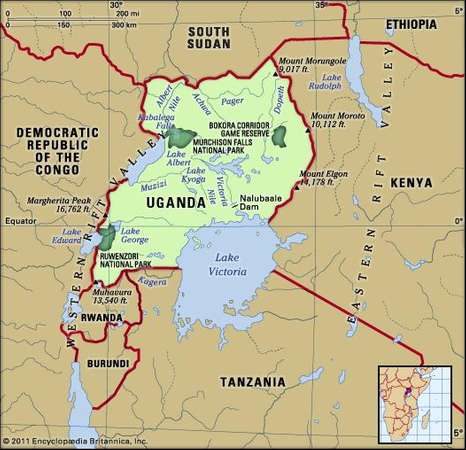
In Kenya, the Rift Valley is above sea level and occupied by lakes at various locations Source: Britannica
Formation of lakes
When a divergent boundary occurs underneath a thick continental plate, the force of the pull-apart is not powerful enough to create a single, clean break through the heavy plate material. Here the continental plate disintegrates into a rift-shaped structure, and as the plates pull apart, faults develop on either side of the rift. Consequently, the central valley floor sinks lower. In this rift forming process, rivers and streams will flow into the sinking valley to form lakes. In Kenya, the Rift Valley is above sea level and occupied by lakes at various locations.
Formation of oceans
As the rift grows deep, it forms a zone consisting of continental and basaltic rocks which gradually drops below sea level. Further stretching leads to the oceanic crust formation allowing ocean waters to flow in which will produce a shallow, narrow sea within the rift. If the rift grows deeper and wider, it might eventually give birth to an ocean basin as in the case in the Gulf of Aden and the Red Sea. There the rifts have dropped below sea level.
Distinct rift basins
Rift formation is not confined only to the north. In fact, there is a series of them occurring further south as well extending into Tanzania and Kenya. The Western branch referred to as the Albertine Rift, or Lake Albert Rift has several smaller structures known as grabens, for example, the Nyanza Rift near Lake Victoria in Western Kenya, that are associated with the large ones and have distinct rift-like character. The Eastern Branch termed as the Gregory Rift, or the Kenya Rift contains the East African Great Lakes. Both the Eastern and Western branches along with the Ethiopian Rift creates the East Africa Rift System. Thus, what is a whole Rift in Eastern Africa is a sequence of related rift basins that create the distinctive topography and geology of Eastern Africa.
Rift Valley landscapes
The most striking features in the East African Rift Valley are the numerous parallel and linear fault lines allied with the north-south axis caused by slip motion. The lined faults cut the main fault perpendicular at an acute angle. The shadows cast by the afternoon sun make the fault scarps appear very prominent. The vegetated area in the East African Rift System is the green floor that drains a region large enough for water to exist on the surface. It is 17 kilometers long.
Most noticeable feature
Consisting of the Nubian Plate, the Somalian Plate, the Ethiopian Plate and the Arabian Plate, fault scarps are the most noticeable feature of the African Rift Valley. In Kenya, the Rift formation has led to many lakes within the region that are above sea level. On the other hand, the rift is growing deeper in the north. It has also given rise to the Ethiopian rift. Hence, although the divisions in each region have different names, they are inherently interrelated.
5 Frequently Asked Questions About The Rift Valley
To book a safari in Rift Valley, please fill out the following form or simply email us on safaris@safari-center.com

